Educator Resources
Featured Downloadable Resources for Educators

How To Do Progressive Muscle Relaxation
Download this helpful resource to learn how to use progressive muscle relaxation as a tool for coping with anxiety.

How To Address Test Anxiety
Exam anxiety can cause students to "go blank," become frustrated, or doubt their intellectual abilities. This test anxiety booklet helps students a[...]
Featured Resources for Educators
Normalize Youth Anxiety with Our Caretoons Animated Series
Let’s get youth to open up about anxiety with two animated series that they can relate to. Caretoons not only make us laugh but also start the conversation about mental health in teens’ everyday lives. With humour and heart, Caretoons normalize [...]
ViewHelp a Child with Separation Anxiety using Caretoons
Our Caretoons series illustrates common anxiety challenges young people may face, using a fun format and entertaining characters. Our animated anxiety episodes can help youth and teens feel comfortable talking about anxiety. Children and teens can le[...]
ViewOur Caretoons Series Helps Kids Talk About Contamination OCD
Our Caretoons series offer a fun and safe way to talk to kids and teens about their anxiety, with entertaining characters who do their best but need support for their mental health. Both Caretoons series, Galaxy Brain and Time Travelling Pizza, intro[...]
ViewTalk to Youth About Social Anxiety with Caretoons
Our two Caretoons series are a unique resource for parents at home, educators in the classroom, or healthcare professionals. Using fun, animated characters the cartoon episodes introduce youth to different anxieties they may be experiencing. T[...]
ViewUnderstanding Isolation Impact with Caretoons
Our Caretoons series provides an easy and entertaining way to discuss different anxieties with children and youth in a safe and non-threatening way. With all of the challenges in the past few years surrounding COVID and isolation, young people may fe[...]
View
